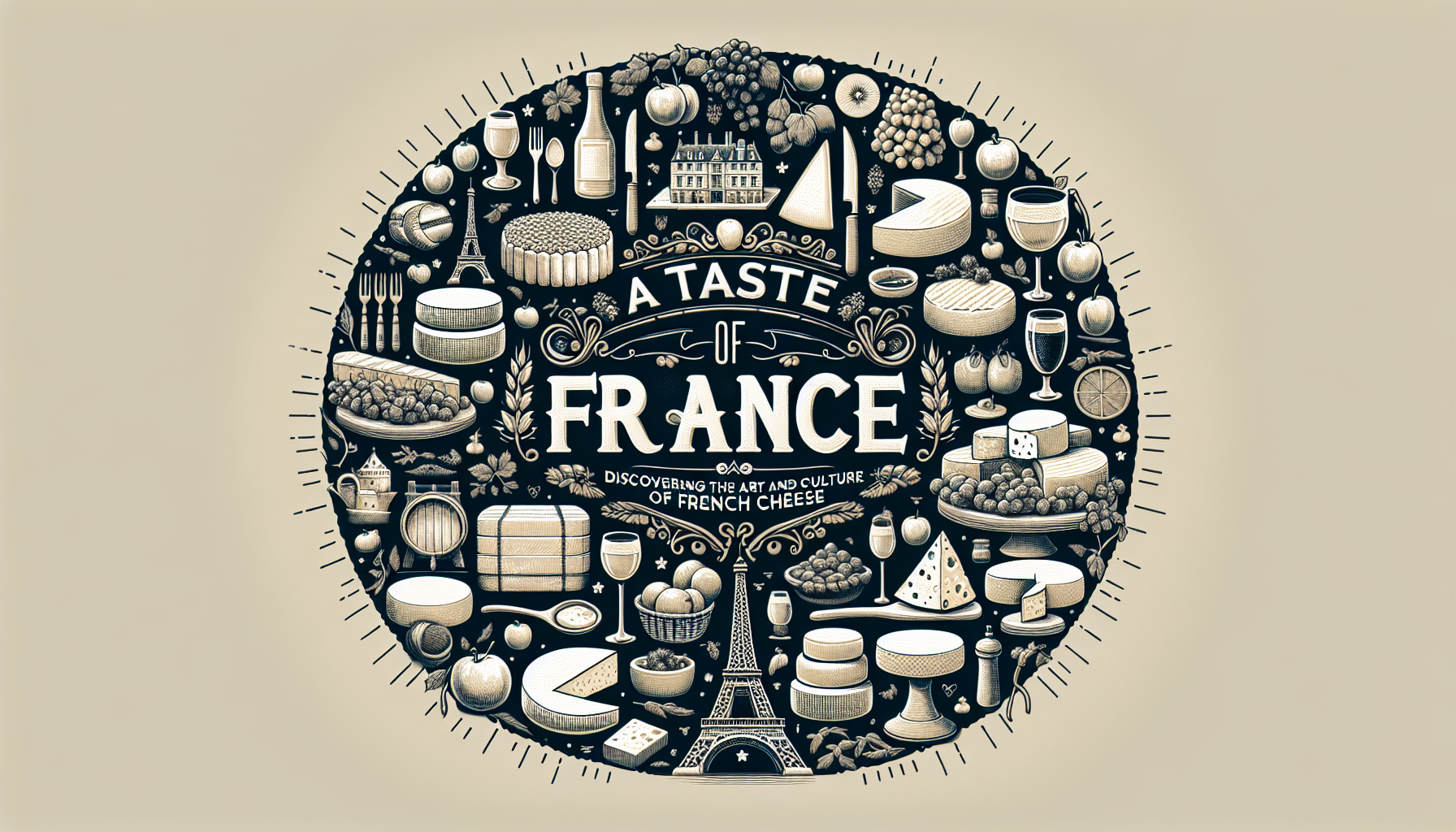Exploring the Art of French Cheese: A Journey Beyond Accoutrements
Cheese lovers, prepare to embark on a journey where cheese is more than an ingredient—it's the main event. While America has embraced cheese in its myriad forms—gooey in mac and cheese, stretchy on pizza, or stuffed in burritos—our friends in France have truly elevated the cheese experience. There, it's not uncommon to enjoy cheese in its pure, unadulterated glory, sans any bread, crackers, or accompanying Instagram-ready platters. This cultural distinction was aptly summarized by John Montez, a certified cheese professional at Murray's Cheese, who explained, "In the US, we're still coming to terms with cheese as a standalone delight." But let me assure you, savoring cheese on its own is an experience worth considering.
Building the Ultimate French Cheese Plate
Creating a cheese board that pays homage to French traditions starts with selecting three to five distinct varieties. As Montez suggests, odd numbers are pleasing to the eye, and a diverse array enriches the palate. Aim for a mix of textures: hard or semi-firm, soft, and blue. Consider a hard Comté, a luscious Brie, and a sharp Roquefort to kick things off. Play with milk types too—goat, sheep, and cow can all share the spotlight.
What sets a good cheese board apart is evoking the nuances of the season. Spring and summer may call for fresh chèvre, inspired by the lush pastures of the season, while a rich Brie or Camembert might comfort you through the colder months.
Remember, cheese shines brightest at the right temperature. Allow your selections time to acclimate from the fridge to room temperature or, as Montez whimsically advises, buy what you’re going to consume that day. This approach keeps each bite true to the cheesemaker’s vision.
Delving into Delightful French Varieties
Hard Cheeses:
For traditionalists, Comté offers a gateway into French alpine cheese-making heritage. Its nutty tones mature with age, transforming into an epicurean delight during the chillier months. Tommes de Savoie, with its raw, tangy cow's milk essence and distinctive rind, appeals to those craving a more rustic experience. Meanwhile, exploring Basque cheeses like Ossau Iraty grants a rugged, mountainous allure to your collection.
Blue Cheeses:
Roquefort stands proud as the 'king of cheeses,' asserting its sharp, tangy dominion. However, don’t overlook the mild allure of Bleu D'Auvergne or Herve Mons' 1924 Bleu for a nuanced take on French blues. As Montez wisely notes, there’s rarely a misstep with a quality French blue.
Soft Cheeses:
Soft cheeses envelop a rich spectrum—from the understated charm of Vermont Creamery goat cheese to the alluring complexity of Loire Valley’s Selles-Sur-Cher. Frost your collection with decadent Brie Fermier or Camembert Fermier for that creamy, savory hit reminiscent of France’s best offerings.
And if your travels take you across the Atlantic, delight in tasting cheeses unavailable stateside due to raw milk aging restrictions, such as the heavenly St. Marcellin and authentic Camembert de Normandie.
Pairings and Accompaniments
Pair your curated selection with equally exceptional beverages—a Sancerre with goat cheese or a robust Burgundy with Epoisses. Though French tradition may assert minimal adornments like fresh baguettes or honey, feel free to experiment. A dash of preserved cherries or a medallion of saucisson sec can elevate your presentation without detracting from the cheese’s starring role.
Amidst vast boards and lavish spreads, remember the philosophy Montez champions: allow the cheese to speak for itself—unadorned yet unsurpassed in its rich, cultural tapestry of flavors. After all, sometimes the simplest of pleasures, like a wedge of well-aged Comté, can transport us to the idyllic, pastoral landscapes of France.
References:
Serious Eats, Amanda Suarez, John Montez, Murray's Cheese
(Serious Eats, Daniel Gritzer for unique narrative style inspirations)
